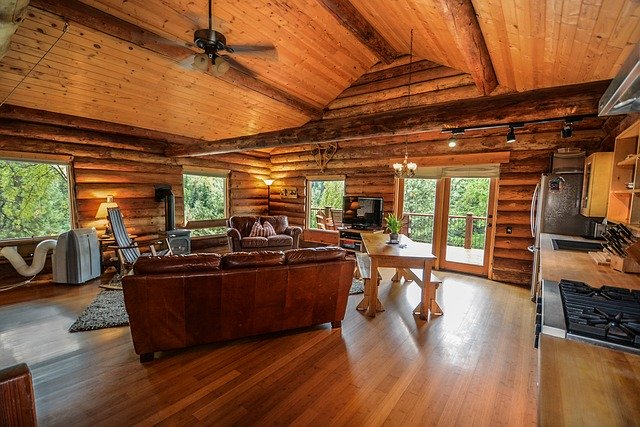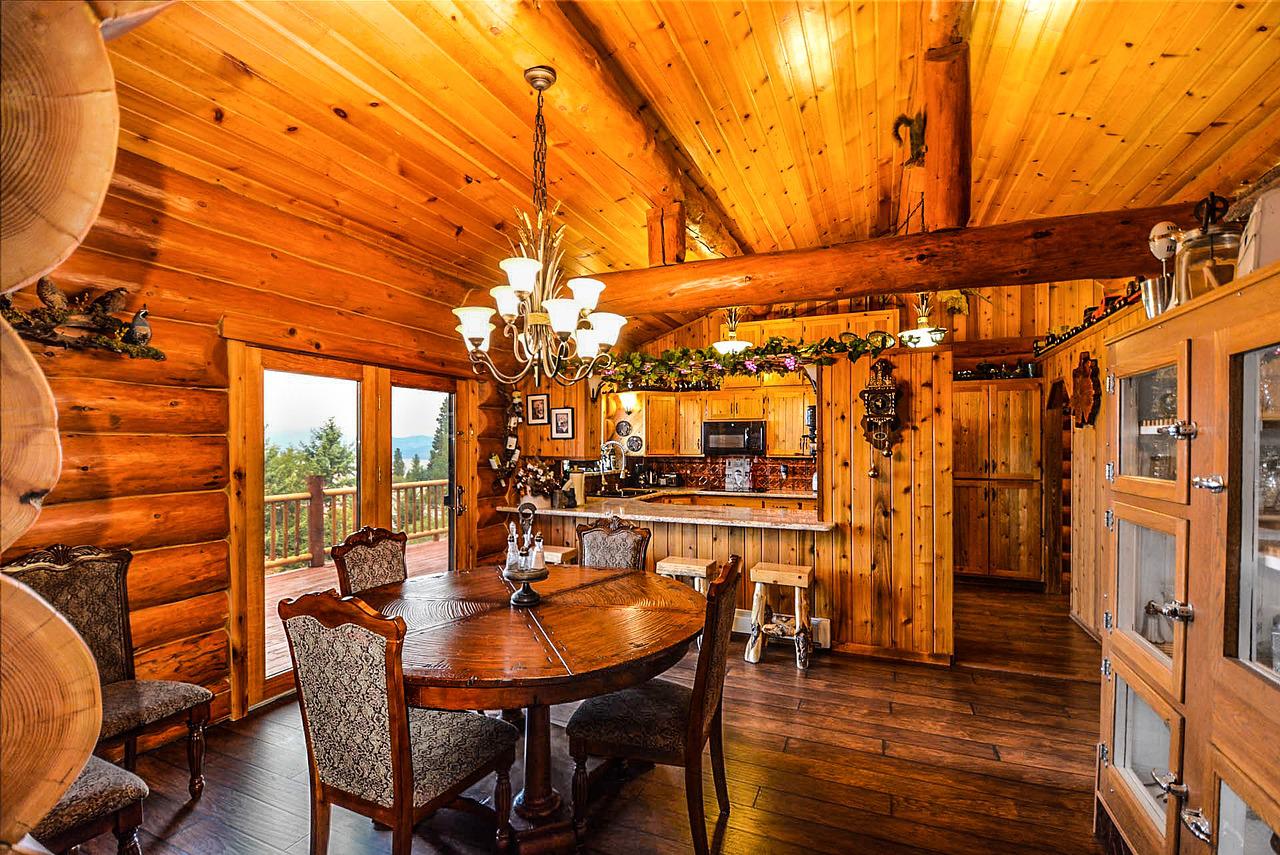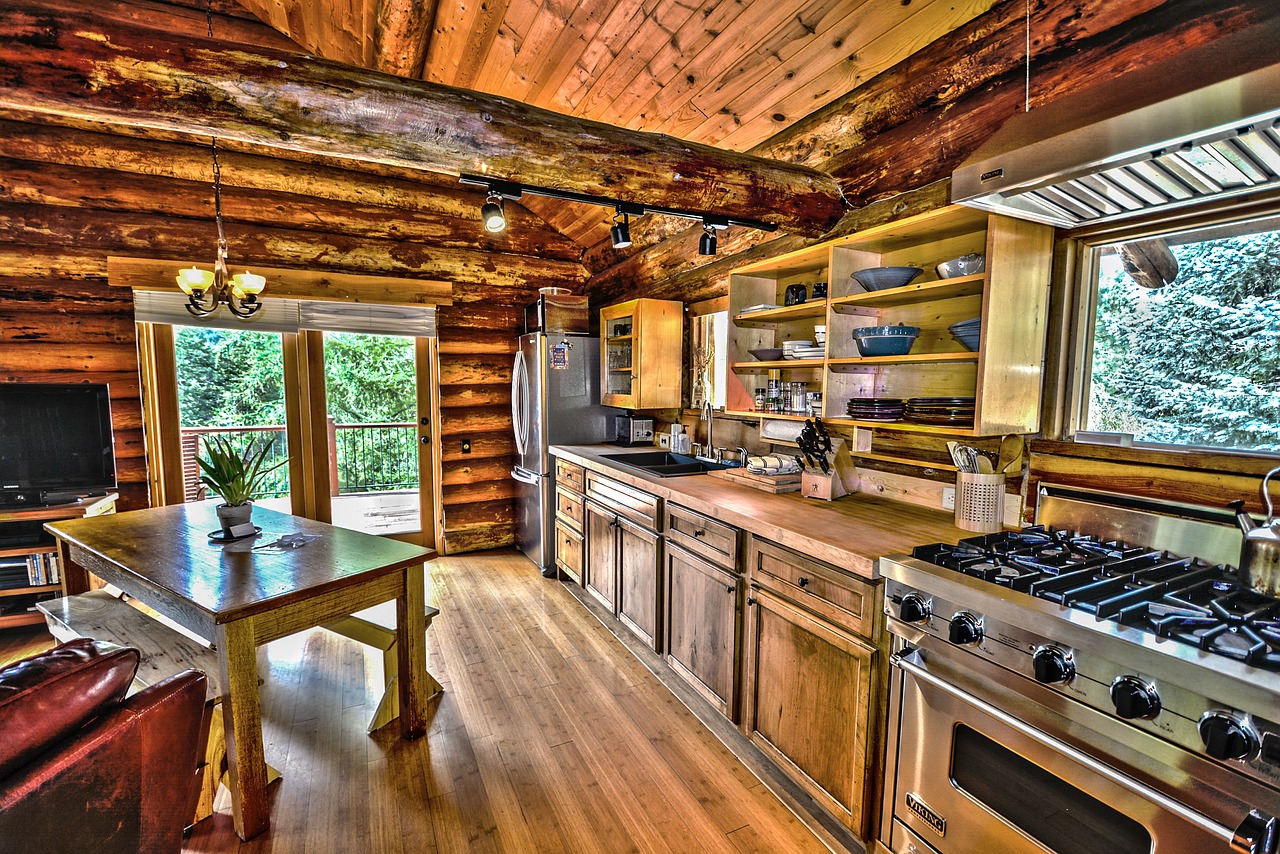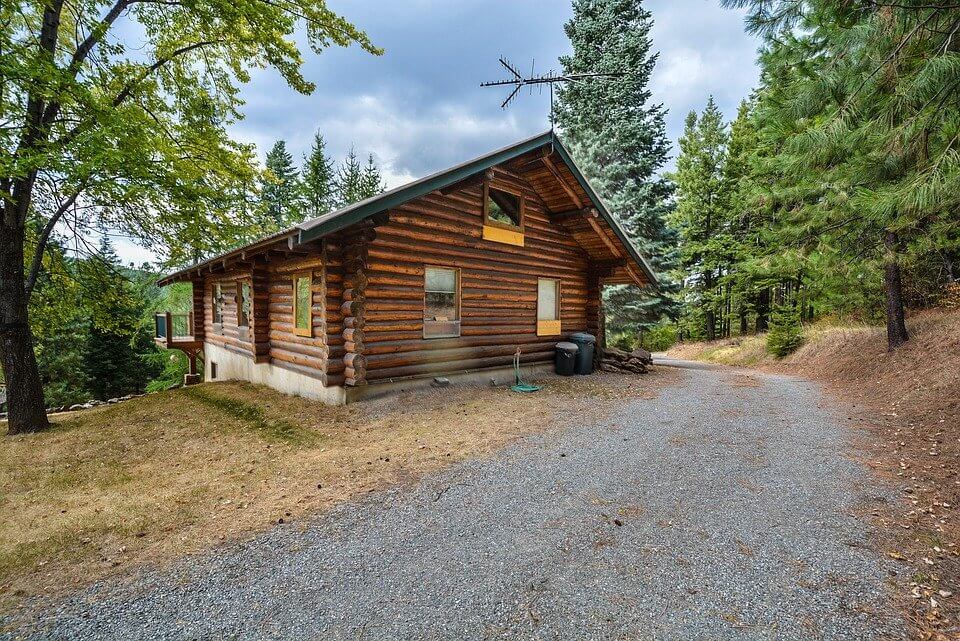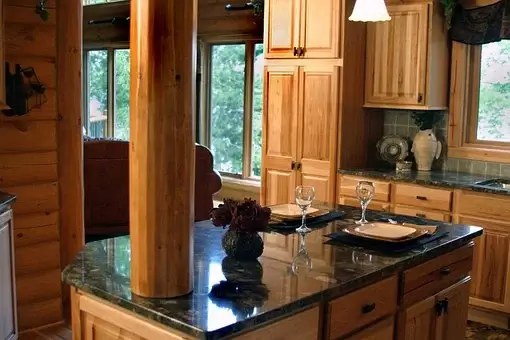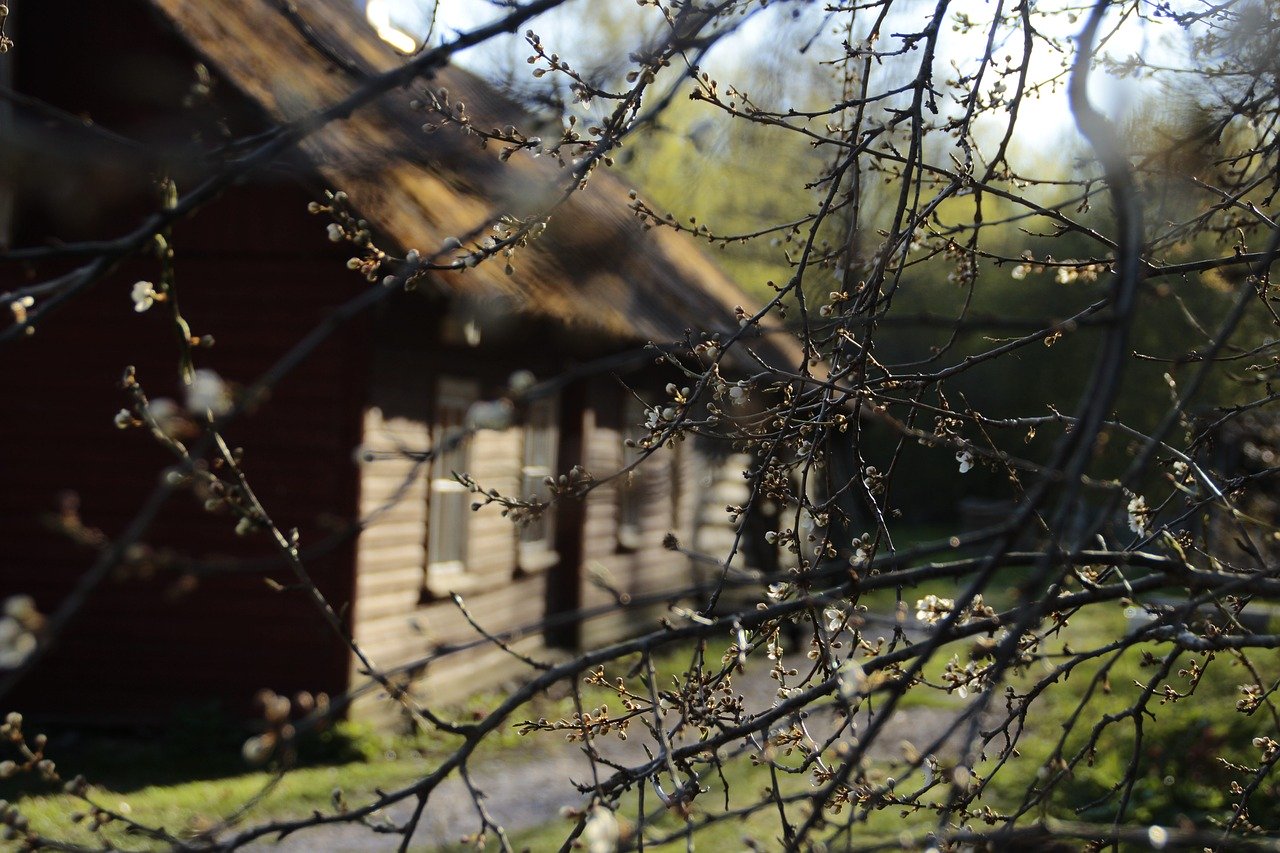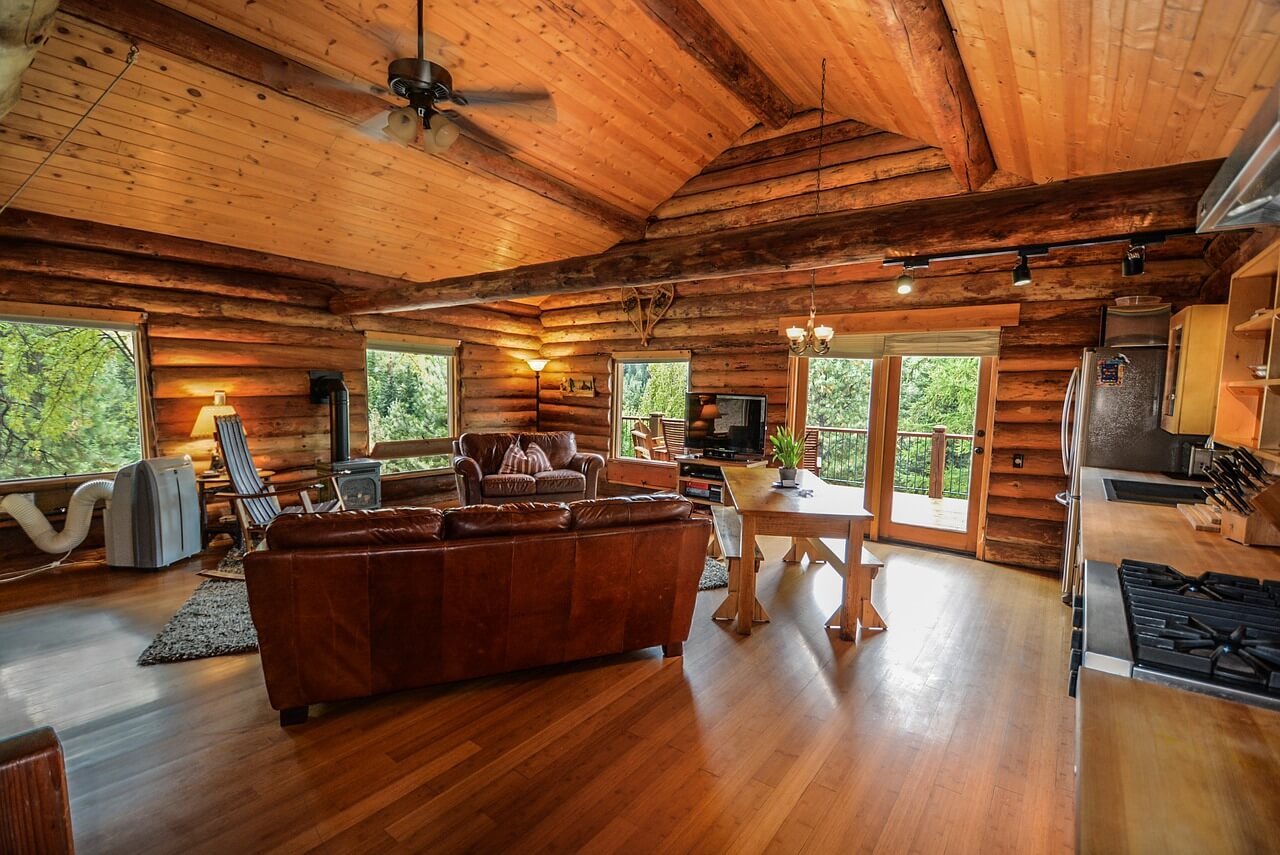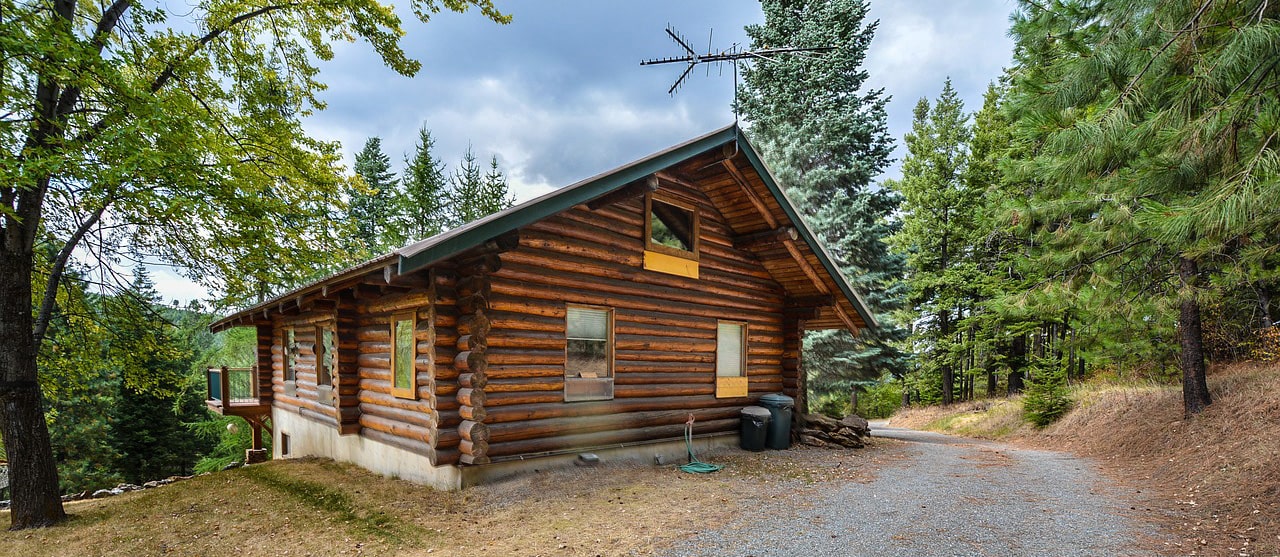A well-built and maintained log home can last for generations. But buyers new to log houses might not know what signs to look for to judge their construction and compare one log home to another. A home inspector will be able to check the house out thoroughly during the buying process, but there are a few red flags that buyers can spot on their own before moving forward with the purchase.
Check for Insects
It’s actually a misconception that insects are attracted to log homes. Insects like damp wood, which should not describe a well-constructed log house. Nonetheless, insects leave certain tell-tale signs that buyers can look out for when touring a potential new home.
Termites tend to be a concern for first-time log home buyers, though they generally aren’t a problem if the wood has been sealed well. If a log house has a termite problem, you can see evidence of mud tunnels on the foundation. To make sure that termites aren’t going to be a problem in your log home, don’t buy a house with the logs touching the ground. Preferably, there should be 10 to 12 inches of foundation elevating the first logs above the ground.
The other insects that sometimes pose a problem with wood homes are carpenter bees and carpenter ants. Small piles of sawdust around the foundation is a sign to look out for, but infestations of these insects can be harder for first-time buyers to recognize on their own. Fortunately, a professional insect inspection will occur before any house sale is finalized.
Watch Out for Wood Rot
Wood rot is found in wood that is frequently damp. Fortunately, this means that wood rot, like termites, is not a problem in well-maintained log homes. Certain houses are at a higher risk for wood rot, so check these parts of any log house to determine whether rot could be a problem.
- Check for signs of rot around doors and windows, as these areas can allow water to leak and will show the first signs of rot.
- Make sure that gutters are functioning properly, otherwise, rainwater might have built up and constantly dripped onto the logs.
- If the house was built in the 1990’s or earlier, the overhangs might be too short. If a log house has shallow overhangs, the lowest logs can get too wet in the rain, which can cause wood rot.
Check for High-Quality Staining
Most of the problems that log houses face are caused by the logs staying excessively moist. Luckily, a good stain on a log house keeps the moisture out so that insects and wood rot are never a concern. When you go to look at a log house, make sure to check the quality of the stain. If you splash water against the logs, the water should bead up and roll off rather than sitting on the wood. If the stain has worn down evenly, it could probably be fixed by applying another coat.
